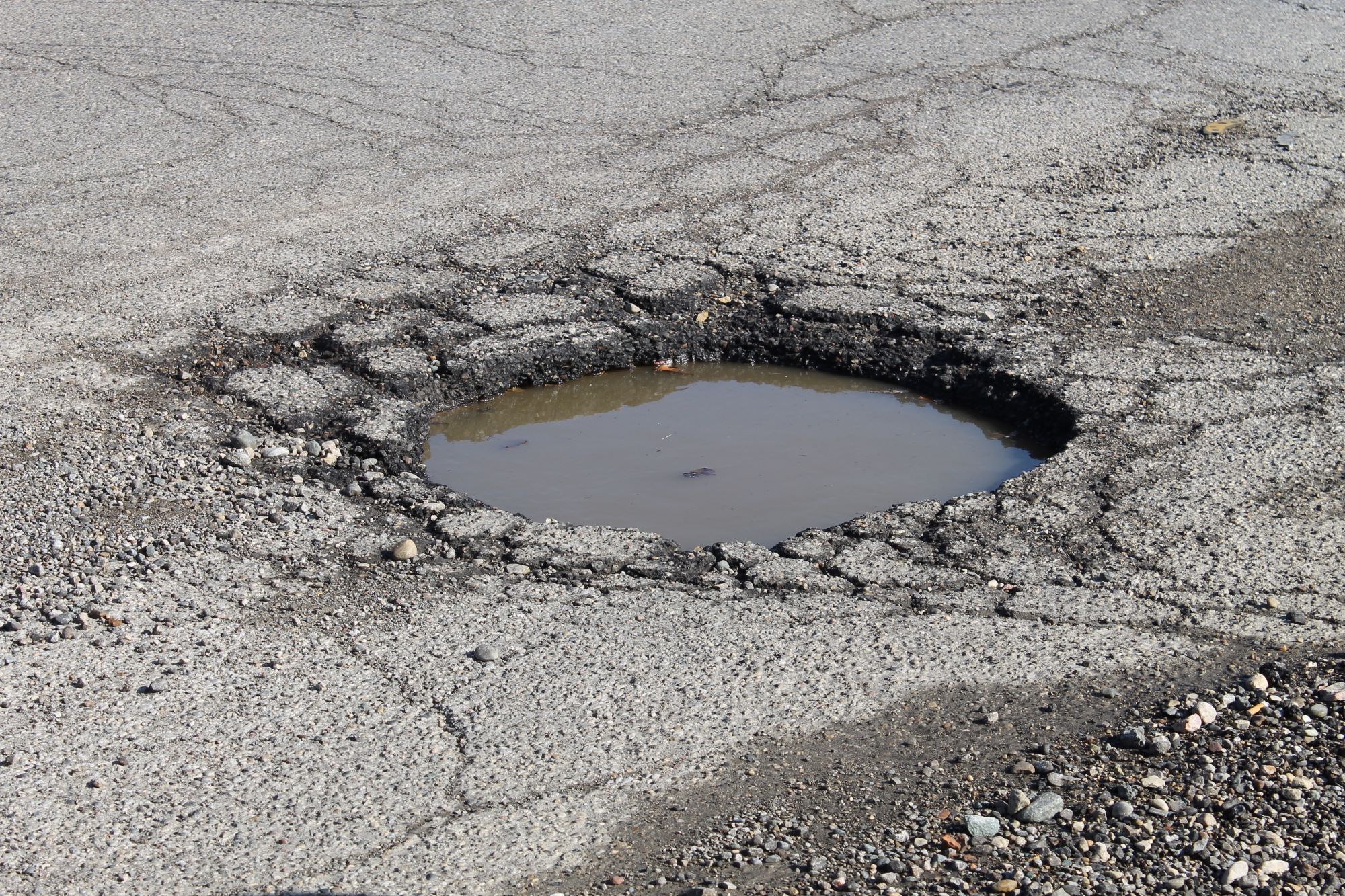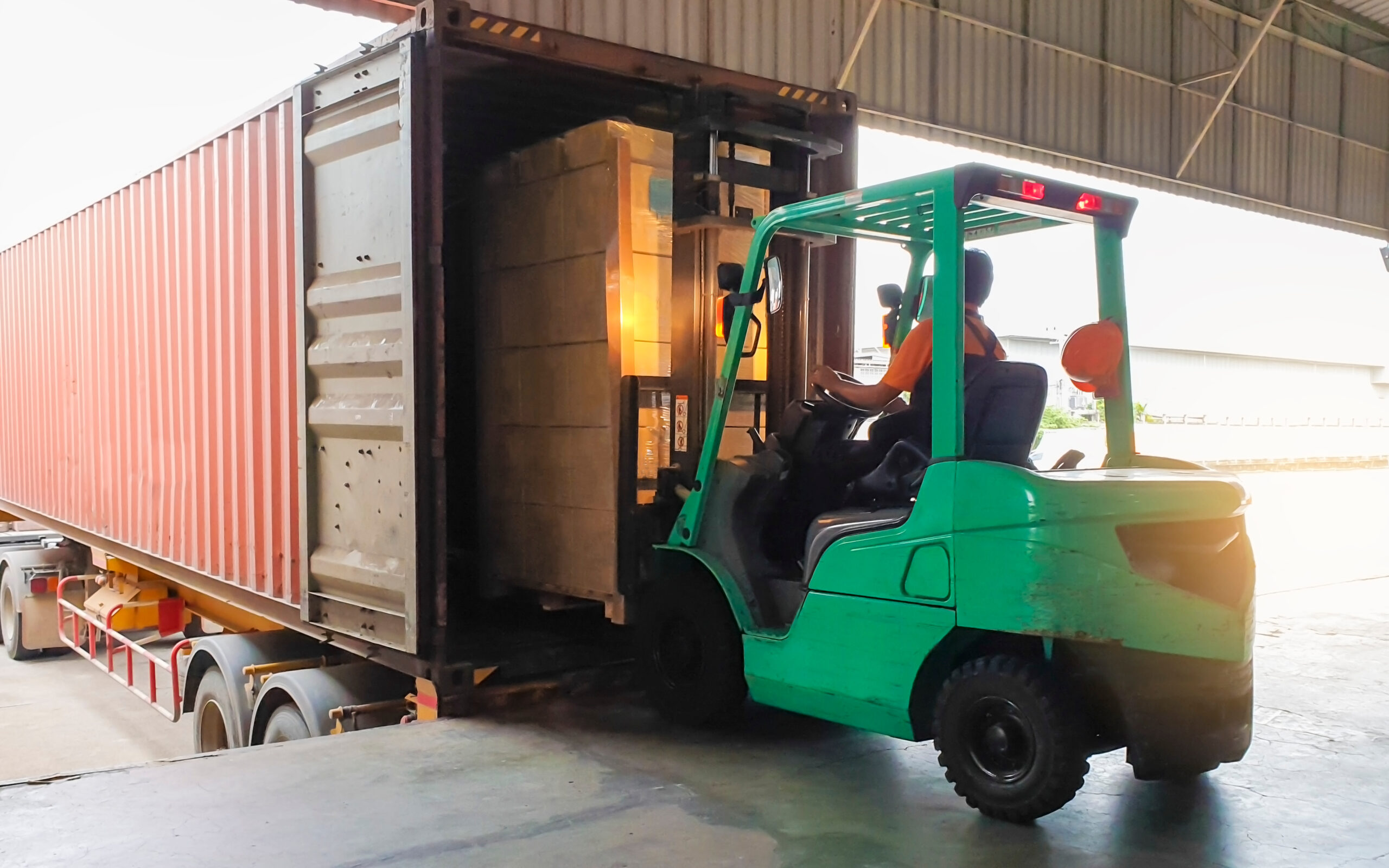
Mitigating the Risk of Wheel Misalignment in Heavy-Duty Trucking
24 January 2024
Read time: 5 min
How quickly does your fleet replace tires?
How often does your fleet need to swap out tires? Ever heard your drivers complaining about a sore back after long hauls? This could come down to a subtle tug to one side of the steering wheel. Often, it’s a wheel that’s slipped out of alignment. A skilled mechanic would likely point to this as the culprit behind the truck’s increased tire wear, excessive fuel consumption, and driver fatigue, not to mention the braking and handling issues. And, of course, the hit to your maintenance budget. Now might be the time to get that wheel alignment sorted.
Wheel alignment can dig deep into your operational costs – fuel and tires being the main culprits. By keeping an eye on symptoms and staying ahead of the game, your fleet can be safer and more cost-effective. We’re diving into the symptoms, causes, and ways to stay on top of wheel misalignment.
Wheel Misalignment Symptoms to Keep Watch
Don’t jump to blaming tire wear for those frequent tire changes. That wear might in fact be due to wheel misalignment: wheel misalignment. Here’s what to watch for during tire checks:
- Uneven or Rapid Tire Wear: A big red flag for wheel misalignment is uneven wear on the tires. The truck’s tires may wear out more quickly on one side than the other, creating ghastly tread patterns. Misaligned tires tend to wear out faster due to the continual drag affecting their tread. Uneven tire wear can also be a symptom of mismatched tire pressures
- Pulling to One Side: Have you ever heard your drivers mention how their truck annoyingly veers off to the left or right on a seemingly straight or flat road? Requires them to slightly pull to the opposite side just to prevent driving into oncoming traffic or a ditch? It’s probably wheel misalignment.
- The Steering Wheel is Vibrating: If the steering wheel is vibrating, wobbly, or looks off-center when driving at different speed levels, the wheels might not be sharing the load evenly.
- Bad Handling: Sloppy cornering. Drivers might notice the truck not turning properly in response to steering, or the vehicle might not handle turns as effectively as it should.
- High Fuel Consumption: The engine works harder than normal and guzzles more fuel when there is tire drag. When fuel costs are constantly reaching new records, this symptom may be the most painful to your fleet.
- Strange Noises from Tires: Unusual tire noises, like squealing on turns, can point to misalignment. It’s a grip issue – and a safety concern.
What Causes Wheel Misalignment?
Bumpy Roads and Bad Conditions
Sometimes, it’s inevitable to drive on roads that are in poor condition or covered with gravel. Regularly driving down roads with rough potholes can jeopardize your truck’s alignment. This is also true if your driving habits include hitting curbs sharply during turns, if you’ve been involved in a collision (even a minor one can impact your truck’s frame), or if there’s a lack of regular maintenance: all these factors can shock your chassis.
Just one incident of hitting a deep pothole at high speed can be enough to not only damage a tire severely but also disrupt the alignment of your truck’s wheels. Such an impact may also harm your suspension, shocks, steering, and other critical components.
Suspension Wear and Tear
During long hauls and heavy truckloads, your trucks will inevitably take a toll on its suspension system. Components like bushings, shocks, and springs, integral to maintaining a smooth ride, gradually degrade or sustain damage over time. Degradation can subtly shift the truck’s wheels from their proper alignment. The gradual nature of this wear means it can easily go unnoticed until your drivers start to feel the truck veering off its natural course.
Load Imbalance
Balancing the load in a trailer is as much an art as it is a science. Improper load distribution can apply uneven pressure on the truck’s axles. This imbalance causes the risk of tire blowouts and trouble handling, making the truck less stable and safe.
The repercussions of an unevenly loaded truck are more than just mechanical. It can put a strain on various components of the truck, leading to premature wear and potentially hazardous driving conditions. Making sure cargo is evenly distributed and within the truck’s carrying capacity plays a major role in maintaining the truck’s alignment and overall integrity.
Additionally, tire pressure mismatches can also contribute to misalignment and excess fuel consumption. Perform regular tire pressure checks to ensure all tires are at the recommended pressure.
Keeping Wheels in Line
If your fleet is experiencing regular tire issues, consider implementing a remote diagnostic system that also uses AI-driven predictive maintenance, to identify wheel misalignment issues weeks before they cause prominent symptoms and operational expenses.
Wheel misalignment itself is typically not directly detectable by an SPN (Suspect Parameter Number) code. However, certain SPN or DTC codes might indirectly indicate conditions that could lead to or be a result of wheel misalignment. You may be experiencing wheel misalignment if you’re seeing the following fault codes:
- SPN 520210 / FMI 5: This is an ESC (Electronic Stability Control) module CAN (Controller Area Network) message/timeout failure, possibly pointing to uneven tire pressure, which can lead to misalignment.
- SPN 1070 / FMI 5: Indicates a vehicle deceleration control issue with the steering angle sensor circuit. Problems with steering components can influence the vehicle’s alignment.
- SPN 794 / FMI 2: Wheel sensor ABS axle 3 right – primarily related to braking, can impact alignment symptoms if it affects wheel behavior.
Try Pitstop’s free SPN code lookup tool for more fault code information here.
When diagnosing these codes it should be done in conjunction with a physical inspection to determine if they are contributing to alignment issues. Making this a regular part of your preventive maintenance routine, as well as monitoring relevant sensors, is the best way to steer clear of wheel alignment issues.

